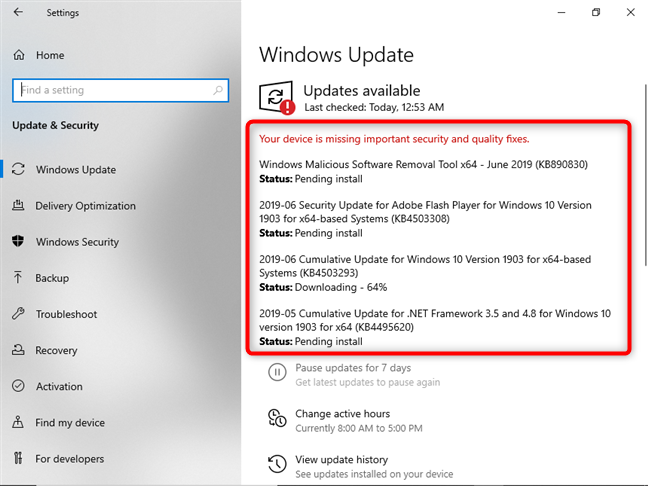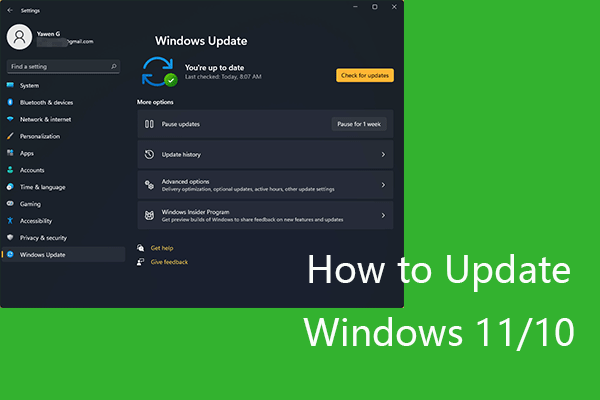

For these “background” scans, these failures will not be obvious. Some update scans occur without direct user interaction with the UI such as automatic updates, device drivers, Defender antivirus signatures, Microsoft Office updates, and so on. To manually update your Windows devices, see the "How to update Windows devices to SHA-2" section.Ī Windows device that is not updated to SHA-2 will try to scan for updates and will return one of following errors:Įrror code 80072ee2: The device cannot connect to Windows Update.Įrror code 8024402c: The device is unable to locate Windows Update.Įrror code 80244019: The device cannot connect to Windows Update. Impacted devices will no longer be able to receive updates through Windows Update until you manually update them to SHA-2. Windows Updates will no longer be supported.Ĭan be mitigated by manually installing KBs.Īccording to the previous table, only older Windows devices which have not updated to SHA-2 are impacted by this change. Some platforms are no longer supported, therefore they will not be updated. The following table shows the impact on the various versions of Windows. Older versions of Windows connect to Windows Update service endpoints by using the less secure SHA-1 algorithm.įor most of the impacted versions of Windows, a SHA-2 update will add the support necessary to continue receiving updates through Windows Update.

Starting with Windows 8 Desktop and Windows Server 2012, connections to Windows Update service endpoints use a more modern algorithm (SHA-256). Most users will not be impacted by this change. See the table in the "Which Windows devices are impacted" section to determine whether your devices are impacted.įor more information about this change, see 2019 SHA-2 Code Signing Support requirement for Windows and WSUS. This change is occurring because of weaknesses in the SHA-1 hashing algorithm and to align to industry standards.Įven though the SHA-1 endpoint is being discontinued, more recent Windows devices will continue receiving updates through Windows Update because those devices use the more secure SHA-2 algorithm. Why is this change occurring?Īn outdated Windows Update service endpoint used only for older platforms is being discontinued. Your older Windows devices can continue to use Windows Update by manually installing specific SHA-2 enabling updates.Īll other Windows platforms will continue to receive updates through Windows Update as they always have because they connect to SHA-2 service endpoints. This means that older Windows devices that have not updated to SHA-2 will no longer receive updates through Windows Update. In compliance with the Microsoft Secure Hash Algorithm (SHA)-1 deprecation policy, Windows Update is discontinuing its SHA-1 based endpoints in late July 2020.


 0 kommentar(er)
0 kommentar(er)
